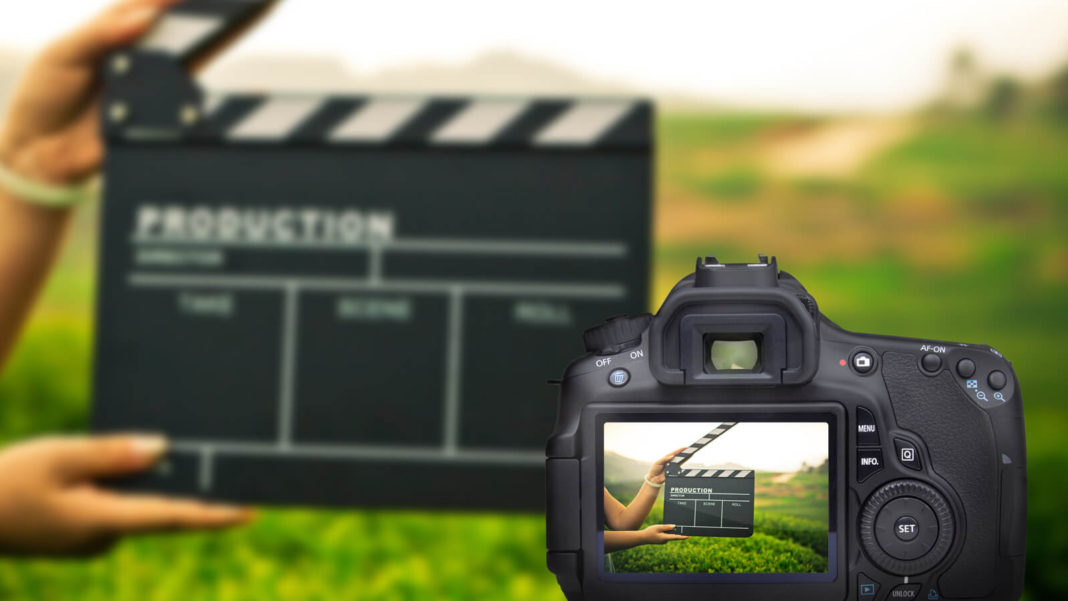Renowned documentary filmmaker Laura Poitras opened up about the vulnerability of footage when making top secret recordings. Based on Poitras’ 2013 NSA documentary while filming Edward Snowden in a Hong Kong hotel room, information in the camera need to be encrypted otherwise it is left vulnerable.
Although developers ensure that almost all smartphones encrypt their storage by default and PC encrypted storage software is free and highly reliable, the same cannot be said about cameras. This becomes dangerous in cases where the camera in question belongs to documentary filmmakers, as well as photojournalists. Their line of work involves capturing sensitive, at times highly secretive images and videos. This dangerous element has not yet been incorporated into camera making.
Poitras and Snowden belong to a foundation comprised of about 150 documentary filmmakers who signed an open letter addressed to camera makers. Sony, Canon, Nikon, Kodak, Fuji, Olympus, and Ricoh were asked to add encryption features to every standalone camera. The letter recounts how cameras need to safeguard whatever content they capture while in the field. This move was prompted by several incidences. For example, in 2008, filmmaker Andrew Derends swallowed his phone sim card to protect his Niger Delta source from Nigerian police. Orwa Nyrabia survived Dictator Bashar Al-Assad’s regime in 2012 by encrypting his hard drive.
Currently, third-party software makers are experimenting with encryption features. However, there is a need for camera makers to include the encryption feature when manufacturing the cameras. Encryption forensic experts explain that implementing the encryption feature will not be that simple especially in HD cameras as they have to write large files in SD cards at high frequency. The process of encrypting cameras is potentially expensive but highly feasible. It is now up to camera makers to introduce this groundbreaking feature into their cameras as a way of having an advantage over its competitors.
More News To Read











